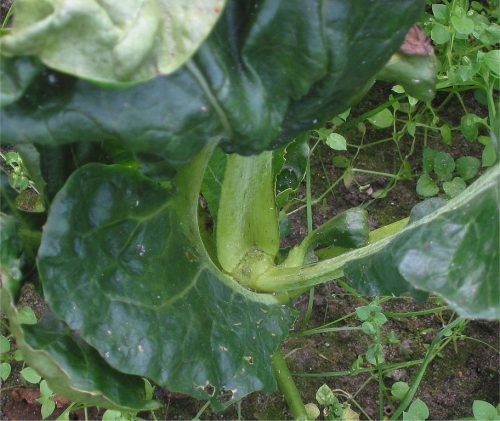The Swede midge is a nearly 2 mm long gall midge that lives for only a few days and lays eggs on the stems of leaves of brassica plants.
Swede midge (Contarinia nasturtii) This nearly 2 mm long gall midge lives for only a few days and lays eggs on the stems of leaves of brassica plants (Brassicaceae). The larvae probe the chlorophyll and the growing point in search of plant juice. Then the growing point dies off. Unilateral attack results in twisting and distortion of the growing point.
Weeds belonging to the crucifers, such as shepherd’s purse, field pennycress, least pepperwort and yellow rocket are also visited by the Swede midge.
Where to find
- Crucifers
- Weeds:
- Shepherd’s purse
- Field pennycress
- Least pepperwort
- Yellow rocket
Control
After the Swede midge eggs have hatched and the larvae have infested the leaves, it is too late to reverse the infestation.
Prevention
A fine Insect-proof mesh together with crop rotation protect the crop from Swede midges. Provide adequate aeration around the plants.
Keep the area around the cabbages weed-free; on wild plants in the brassica family, the Swede midge also lays eggs.

